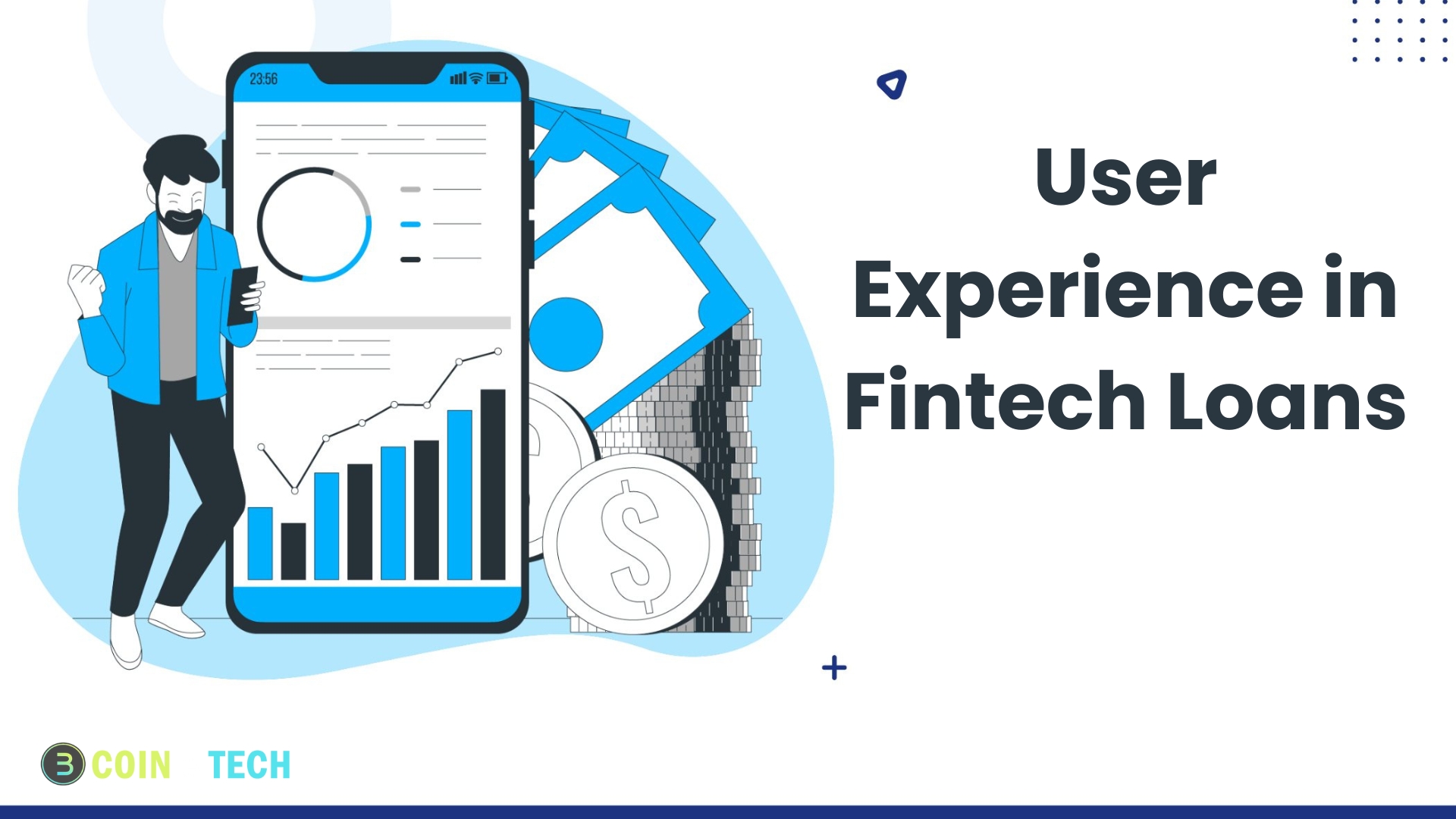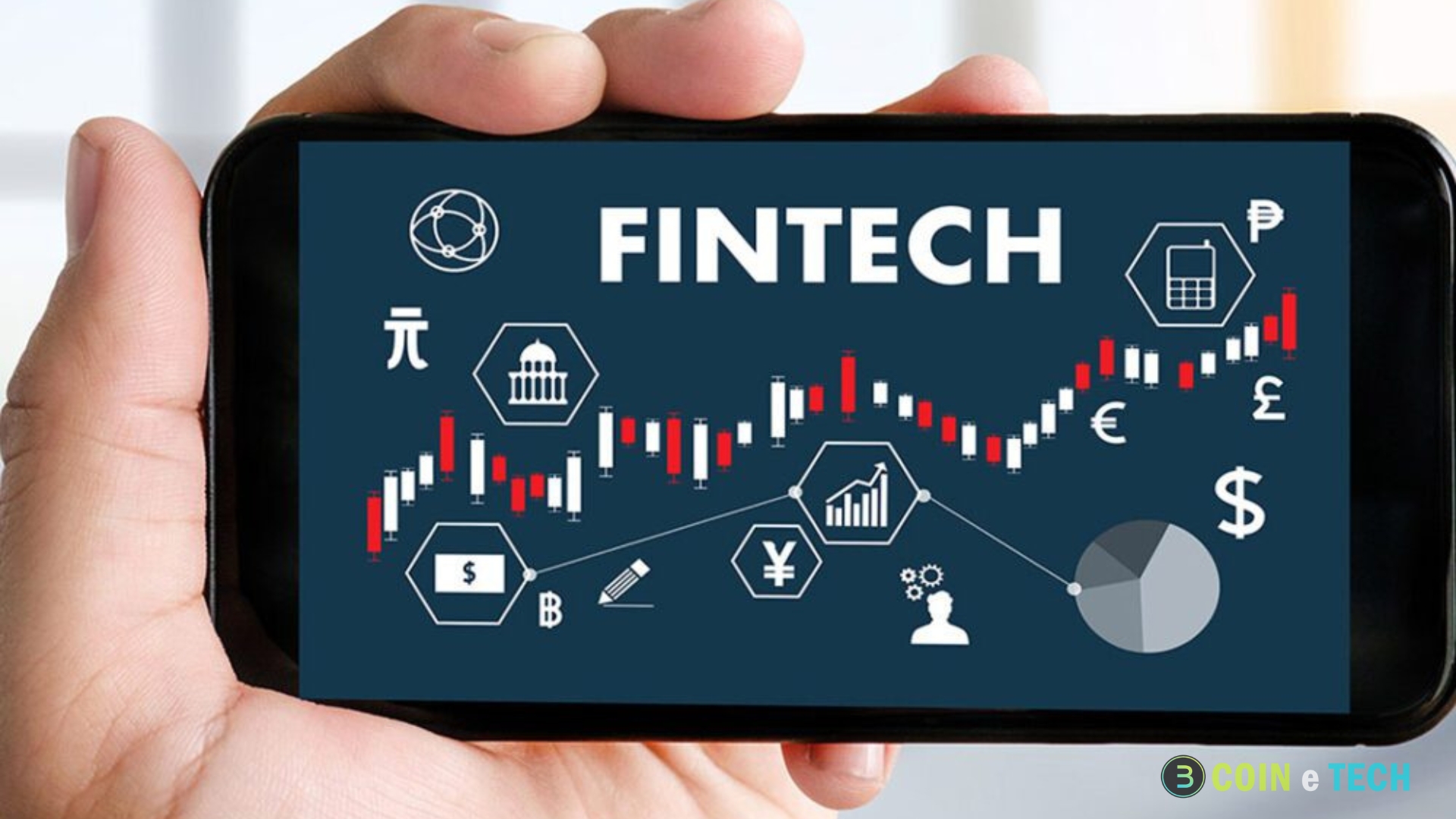The financial business has changed drastically in the last decade thanks to new technologies and digital innovations. The acronym “fintech” refers to financial technology and is one of the driving factors behind this revolution. Fintech firms use cutting-edge tech like blockchain, AI, big data, and mobile apps to compete with banks to deliver banking services. Fintech loans are one of the most innovative services since they offer a faster, more accessible, and, in some cases, cheaper alternative to traditional loans for individuals and companies. This essay will go into the history of fintech loans, how they have changed the lending industry, and the pros and cons that consumers and companies may face.
The Evolution of Fintech Lending
Borrowing money from banks and other financial organizations used to be a very time-consuming and tedious operation. There were also very strict credit checks and long delays before the money could be released. It was already difficult for individuals and small companies to get loans; getting one with little or no credit history was an even bigger hurdle. Financial technology (fintech) firms have entered the scene, using technology to streamline the loan application, approval, and payout processes.
Although fintech lending has existed since the early 2000s, the industry has skyrocketed in popularity during the 2010s, mostly due to the proliferation of P2P lending platforms. These platforms link private lenders with private borrowers by avoiding intermediaries like banks. Early P2P lending platforms such as LendingClub and Prosper offered low-interest, unsecured personal loans. Mortgages and company loans soon followed, making it easier for SMEs and first-time buyers to get the needed financing.
By forming strategic alliances with more conventional financial institutions and embracing cutting-edge technology like AI and machine learning, fintech firms have increased their lending capacity in recent years.
How Fintech Loans Work
Online platforms, smartphone applications, and traditional banking all work together to make it easy for borrowers to get the money they need quickly and with little paperwork through fintech lenders. A user’s work status, income, and banking information are among the most fundamental information these sites often request. After an individual applies, fintech businesses evaluate their creditworthiness using algorithms and AI.
In addition to credit scores, fintech lenders consider a borrower’s educational background, employment history, social media presence, and online activities. Traditional banks may turn down loans from individuals and businesses that aren’t a good fit for fintech lenders, who use data from non-traditional sources.
Fintech loans can come in various forms:
- Personal loans: For individuals seeking quick access to funds for medical emergencies, travel, or home improvement expenses.
- Business loans: Targeted at small and medium-sized businesses, often to finance expansion, inventory, or operational costs.
- Payday loans: Short-term loans designed to help individuals cover urgent expenses until their next paycheck.
- Microloans: Small-dollar loans, usually less than $50,000, often aimed at startups or entrepreneurs in developing countries.
- Buy Now, Pay Later (BNPL): A growing trend that allows consumers to purchase goods and services and pay for them in installments over time.
The Benefits of Fintech Loans
Fintech loans offer several advantages over traditional loans, particularly for borrowers who value speed, convenience, and flexibility.
Faster Processing
Fintech platforms pride themselves on their ability to approve and disburse loans quickly. While traditional loans may take days or weeks to process, fintech lenders often provide decisions within minutes or hours, and funds can be deposited into a borrower’s account within 24 to 48 hours.
Accessibility
One of the major benefits of fintech loans is their accessibility. Borrowers with little or no credit history, who might struggle to get approved by traditional banks, can often secure loans from fintech lenders. Using alternative data sources, fintech companies can provide access to credit for a broader range of individuals and businesses, including those in underserved markets.
User Experience
Fintech platforms typically offer seamless user experiences through mobile apps and websites that are intuitive and easy to navigate. Borrowers can apply for loans from the comfort of their homes, track their applications in real time, and even manage repayments through automated systems. This level of convenience and personalization has become a significant selling point for fintech lenders.
Lower Costs
In many cases, fintech lenders operate with lower overhead costs than traditional banks, which allows them to offer more competitive interest rates and lower fees. Additionally, fintech platforms often use dynamic pricing models, where the loan terms (such as interest rates) are tailored to the borrower’s risk profile rather than a one-size-fits-all approach.
Flexible Terms
Some fintech lenders offer more flexible repayment options than traditional financial institutions. For example, BNPL platforms allow consumers to break large purchases into manageable installments. Other fintech lenders may allow borrowers to customize repayment schedules based on cash flow, particularly in the case of business loans.
Challenges and Risks
Despite the benefits, fintech loans also present certain challenges and risks that consumers and regulators must address.
Regulatory Uncertainty
The rapid growth of fintech lending has outpaced the development of regulatory frameworks in many countries. This has led to concerns over consumer protection, especially in markets where fintech lenders may not be subject to the same regulations as traditional banks. Data privacy, transparency in loan terms, and fair lending practices are areas where regulators play catch-up.
Data Privacy and Security
Fintech lenders rely heavily on digital platforms and data analytics to make lending decisions, which raises concerns about data privacy and cybersecurity. A data breach or misuse of personal information could have severe consequences for borrowers and lenders.
Debt Trap Risk
Certain types of fintech loans, particularly payday loans, have been criticized for trapping borrowers in cycles of debt due to high interest rates and short repayment periods. As fintech companies expand their offerings, there is a risk that some borrowers may take on loans they cannot afford to repay.
Dependence on Technology
The digital-first nature of fintech lending means that borrowers without access to the internet or smartphones may be excluded from these services. Additionally, technical glitches or outages on lending platforms could cause delays or disruptions in the lending process.
The Future of Fintech Loans
As fintech continues to evolve, the lending landscape will likely undergo further changes. Several trends are shaping the future of fintech loans:
- AI and Machine Learning: The use of AI in credit assessment will continue to improve, allowing fintech companies to make more accurate lending decisions and reduce default rates. Machine learning models will also become more sophisticated in detecting fraud and mitigating risks.
- Blockchain and Decentralized Finance (DeFi): Blockchain technology could further disrupt the lending industry by enabling decentralized finance platforms where loans are issued without intermediaries, reducing costs and increasing transparency.
- Sustainability and Impact Lending: More fintech lenders are focusing on sustainability, offering green loans to individuals and businesses that meet environmental, social, and governance (ESG) criteria. Impact lending, which focuses on creating social benefits, is also gaining traction.
- Partnerships with Traditional Banks: Rather than competing with traditional banks, many fintech lenders are forming partnerships to leverage their technological expertise while benefiting from banks’ established trust and infrastructure.
Conclusion
Because of the convenience, accessibility, and speed of fintech loans, they have revolutionized the borrowing process. Fintech lenders are poised to keep shaking up the banking industry despite obstacles, especially in data protection and regulation. The importance of fintech loans in boosting global financial inclusion and access to credit is expected to grow as the industry develops.








